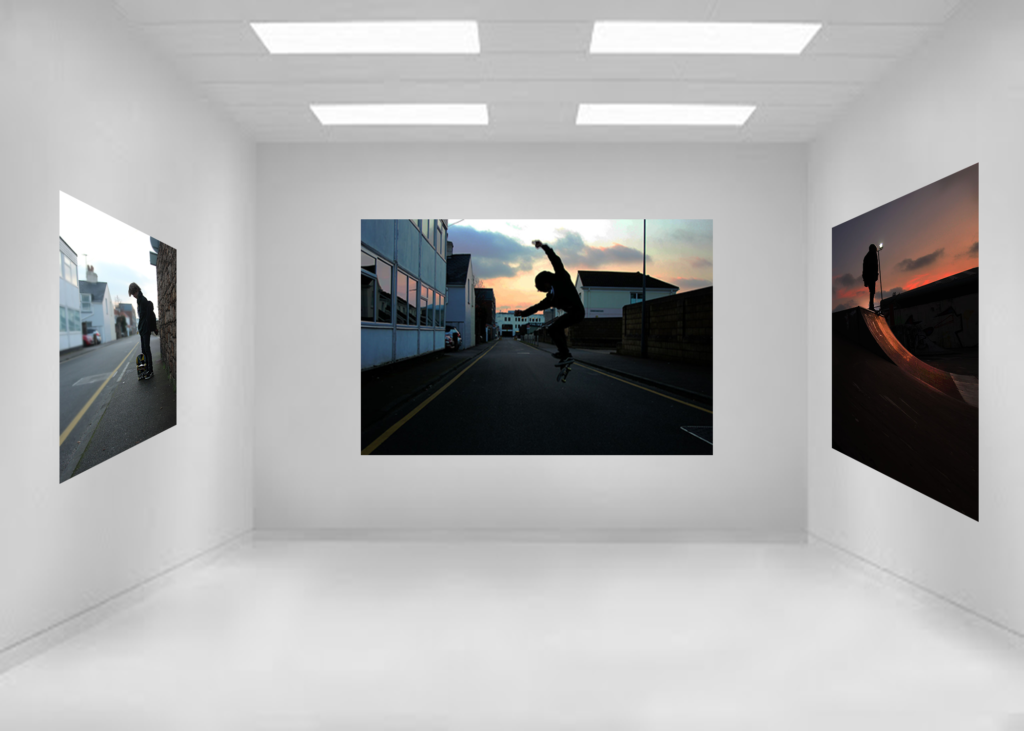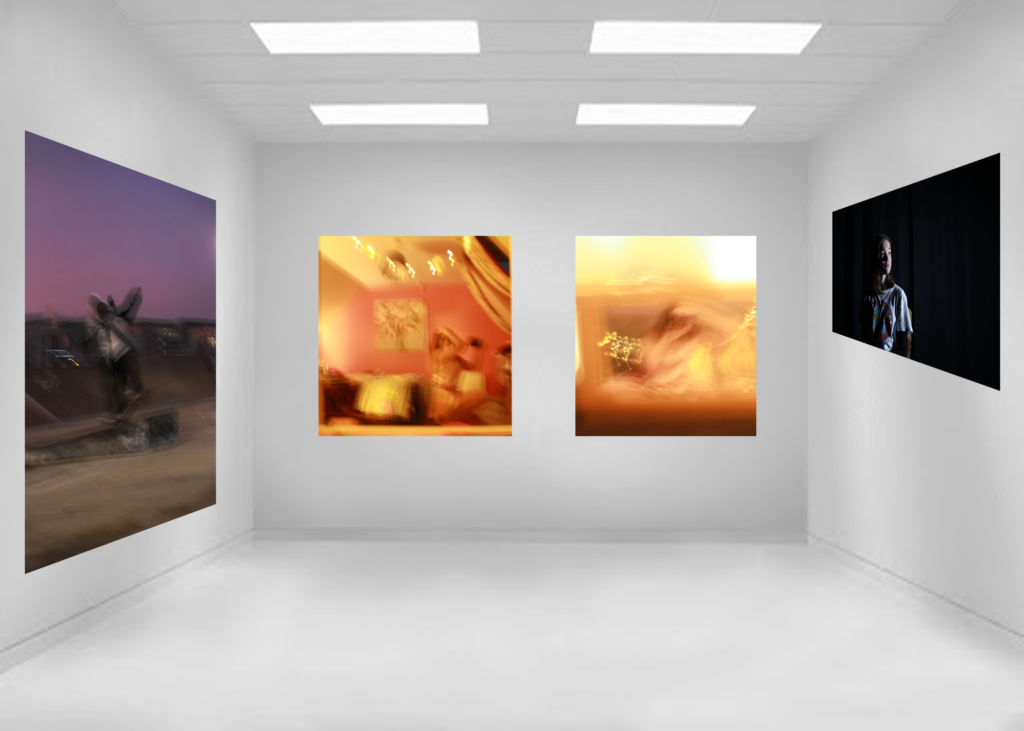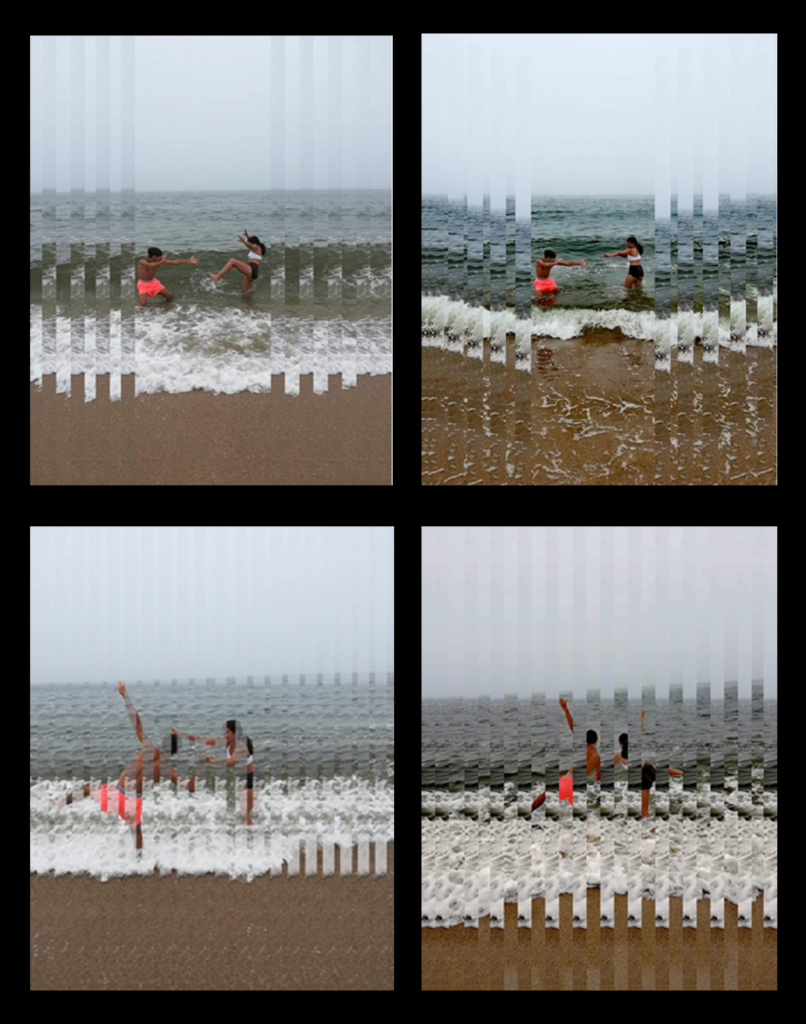Below are all the edits I have completed, which are inspired by JOACHIM SCHMID.
edit one
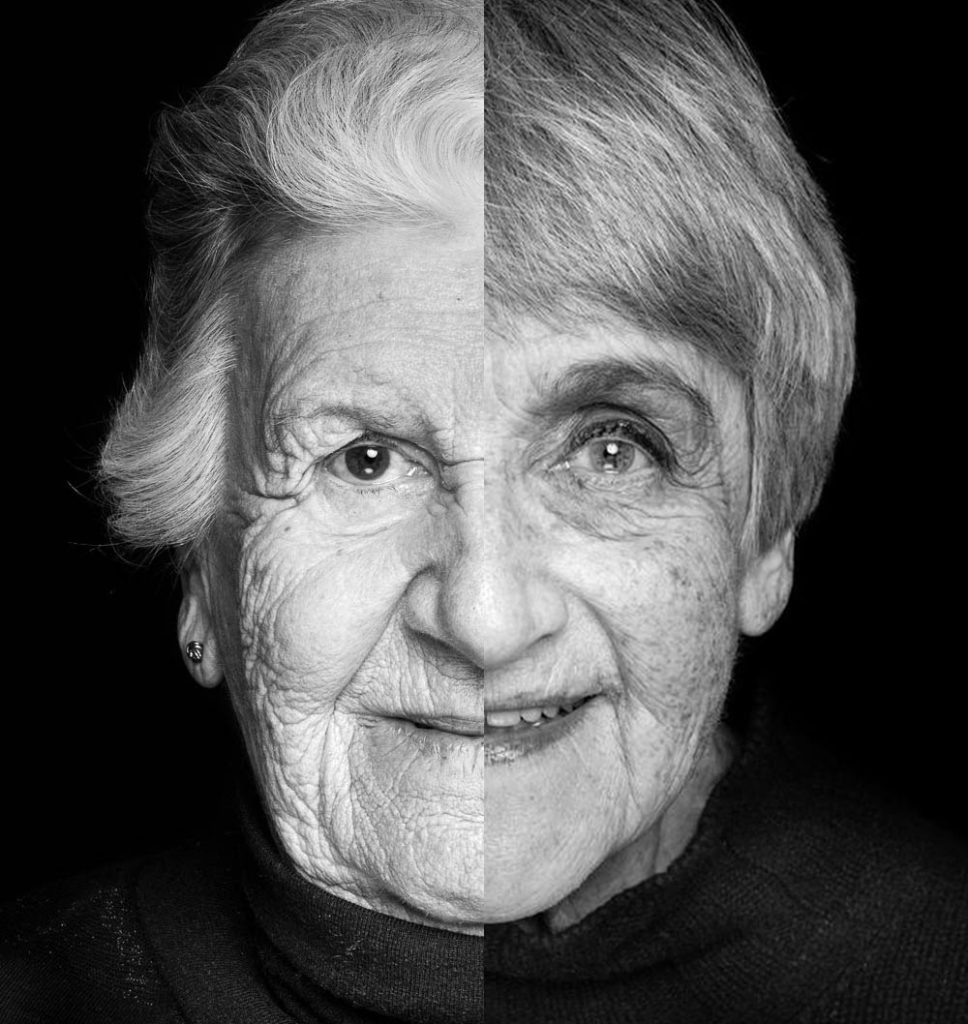
This edit is a mix up of 2 holocaust survivors. I decided to look into the holocaust survivors as I find the whole situation to be interesting and realised that all the people who survived the horrific conditions relate in someway and share a part of their identity. This edit was done as a practice run for the images i was going to take. I had to line up all aspects of the face, so that it looked like they were on person, who shared a part of their identity with each other.
edit two
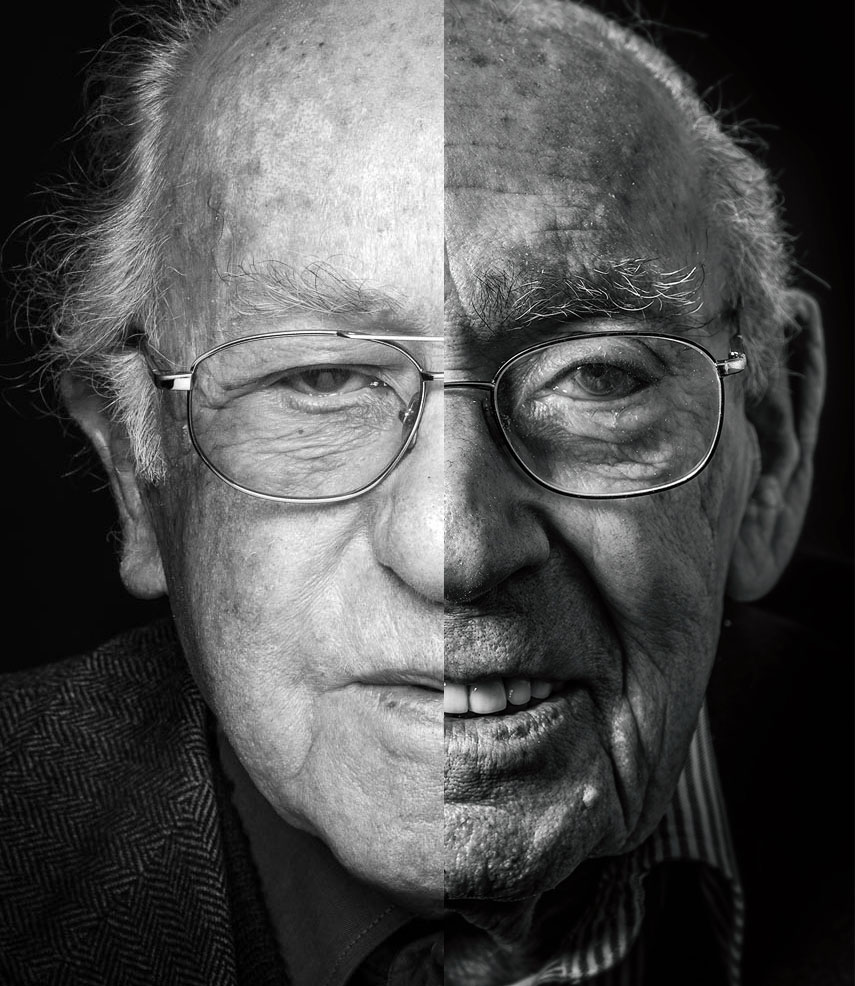
This edit is also a mix of two holocaust survivors, for exactly the same reason of how i think the holocaust is fascinating, in the sense that these people lived through immense conditions.
edit three
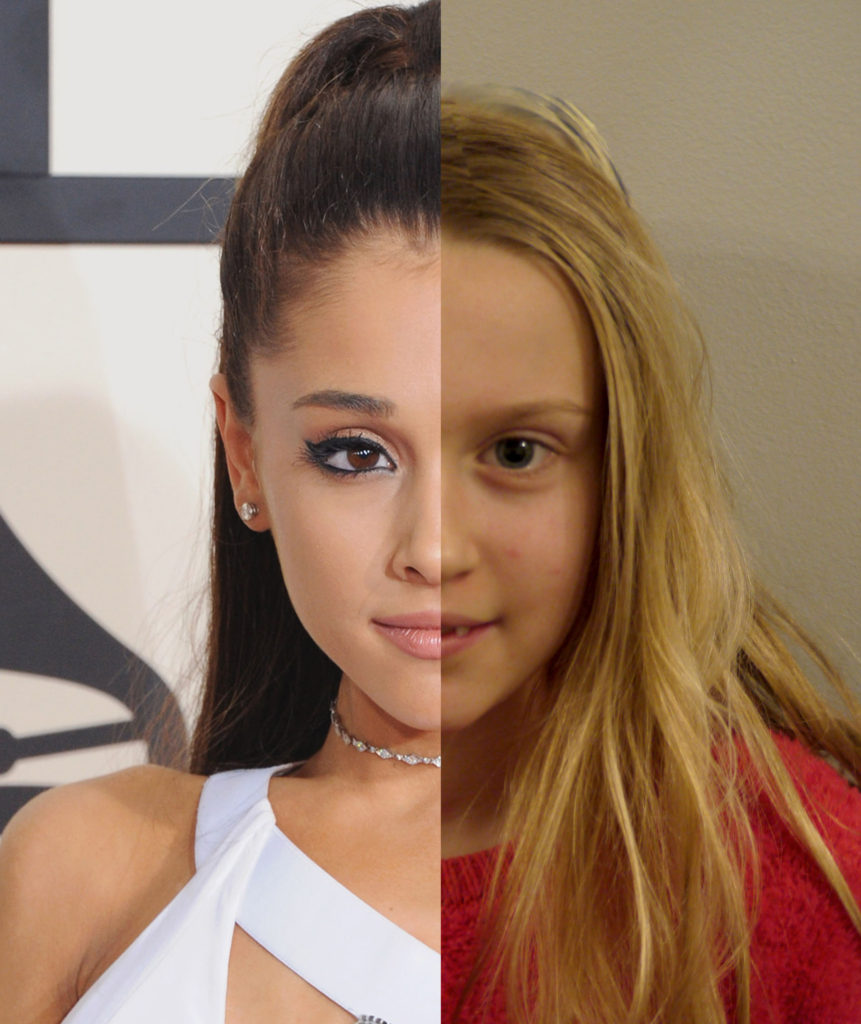
This edit is a mix of my sister and her favourite singer, Ariana Grande. I decided to do this edit because of how much my sister idolises this singer and how she aspires to be like her. Ariana Grande and my sister both share the same star sign, cancer and I feel this links to our identity and how we are as a person.
edit four

This edit is also of my sister and one of her favourite celebrities, Perrie Edwards. I decided to do this mix because of my sister looks up to her and her presence in the media.
edit five
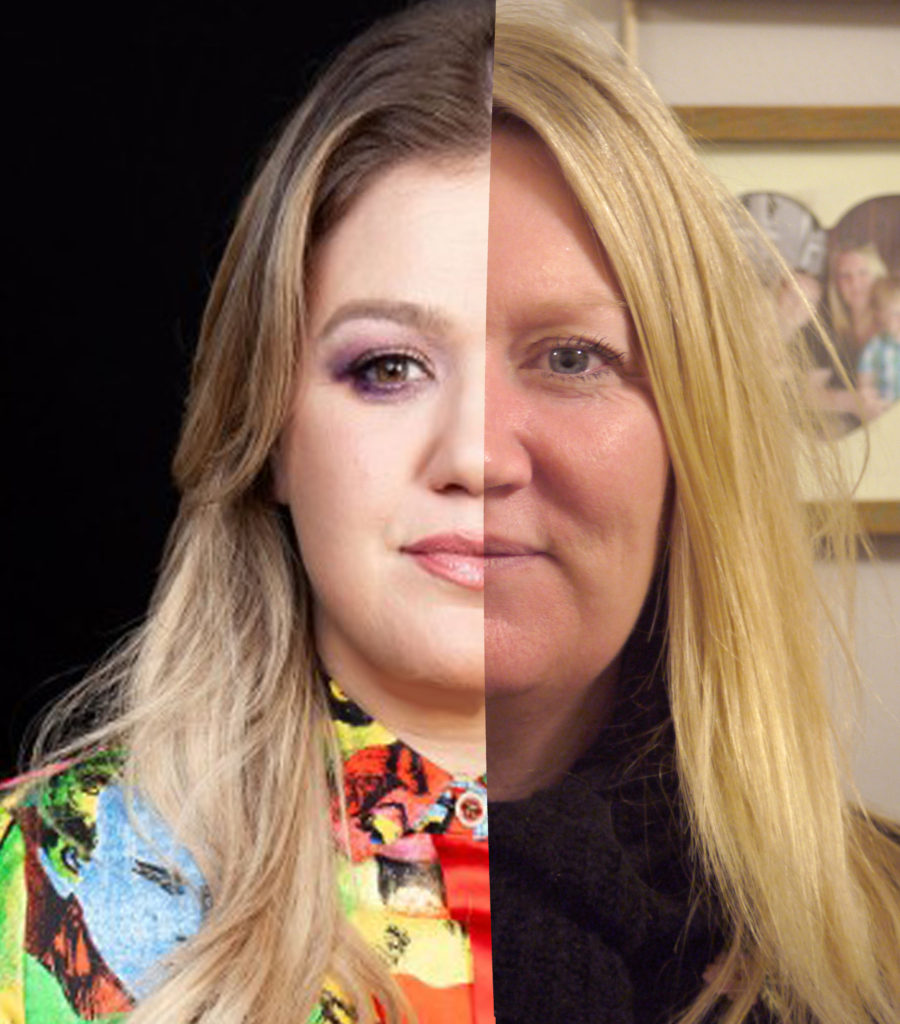
This edit is of my mum and Kelly Clarkson. I decided to this edit because of how much my mum likes Kelly Clarkson and her music. My mum relates to the lyrics of her music. Also my mum has always been said they look similar. Kelly Clarkson also share the same star sign, Taurus.
edit six

This edit is of my mum and Jess Glynne, who is an artist she listens to and likes the music of.
edit seven
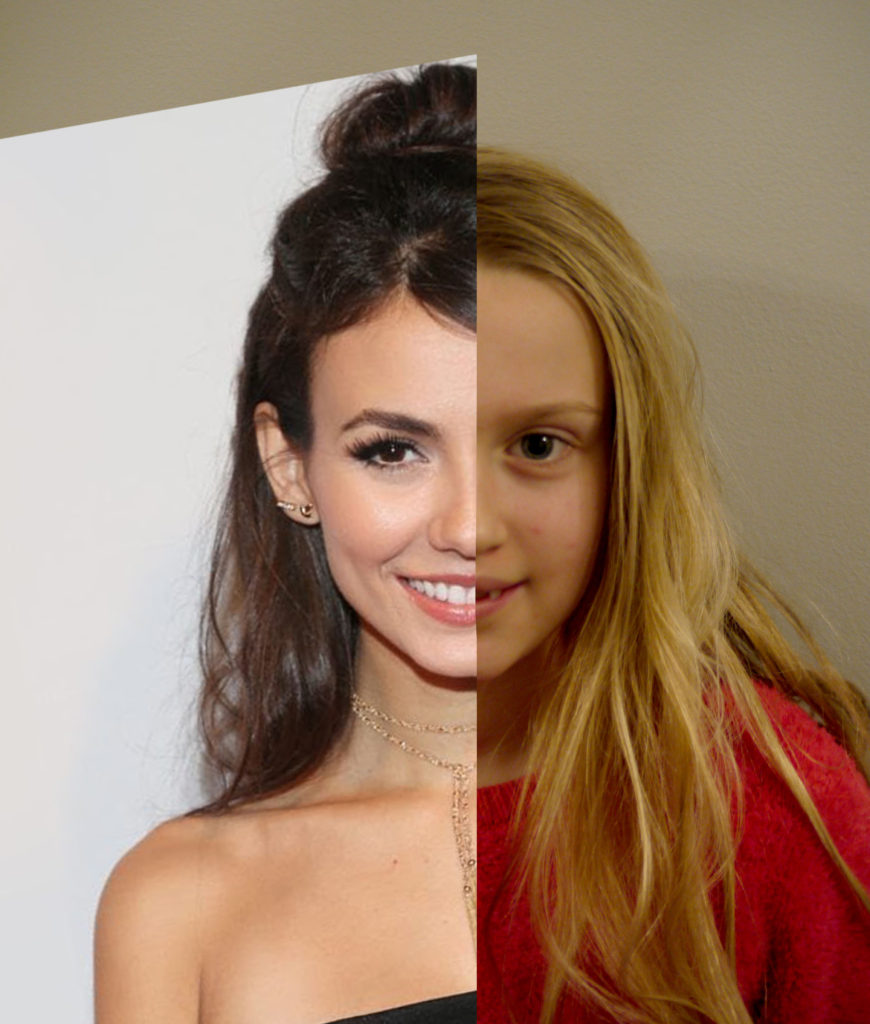
This edit is of my sister and Victoria Justice, an actor from my sisters favourite program, Victorious. I decided to do this edit because their personalities are similar, in the sense that they are funny and stubborn.






